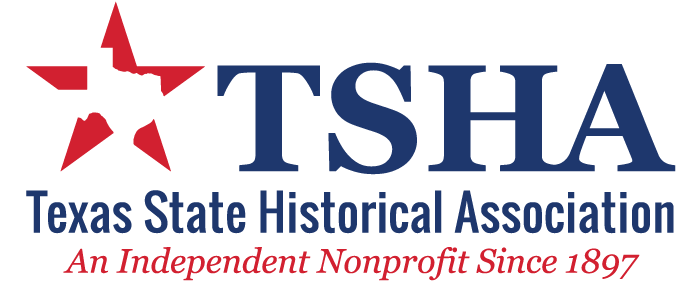Teacher Resources
 Teaching Texas has been integrated into our website. Please contact our education department if you have any feedback.
Teaching Texas has been integrated into our website. Please contact our education department if you have any feedback.
Our content is organized by Texas Essential Knowledge and Skills (TEKS) curriculum standards. If you have a helpful resource, event, award, or program that you would like to share with the world please consider submitting it to our site. Submit Resource »
Browse by Grade Level
Browse by Subject Area
- History
- Geography
- Economics
- Government
- Citizenship
- Culture
- Science, Technology, and Society
- Social Studies Skills
Browse by Resource Type
- Audio-Visual Materials (248 found)
- Awards (1 found)
- Books, Guides, or Other Materials (134 found)
- Interactive Websites and Apps (36 found)
- Lesson Plans (232 found)
- Museum Exhibits or Programs (12 found)
- Online Primary or Secondary Sources (1,353 found)
- Speakers or Presenters (2 found)
- Special Events (3 found)
- Staff Development (2 found)
- Student Programs (2 found)
Browse by Topic/Period
- Age of Technology (1990s) (202 found)
- Antebellum Texas (306 found)
- Civil War (291 found)
- Cold War (1946-1989) (335 found)
- Great Depression (258 found)
- Late Nineteenth-Century Texas (343 found)
- Mexican Texas (407 found)
- Post Millenium (501 found)
- Prehistory (114 found)
- Progressive Era (295 found)
- Reconstruction (245 found)
- Republic of Texas (345 found)
- Spanish Texas (280 found)
- Texas in the 1920s (284 found)
- Texas Revolution (379 found)
- Texas Since World War II (693 found)
- World War II (310 found)


